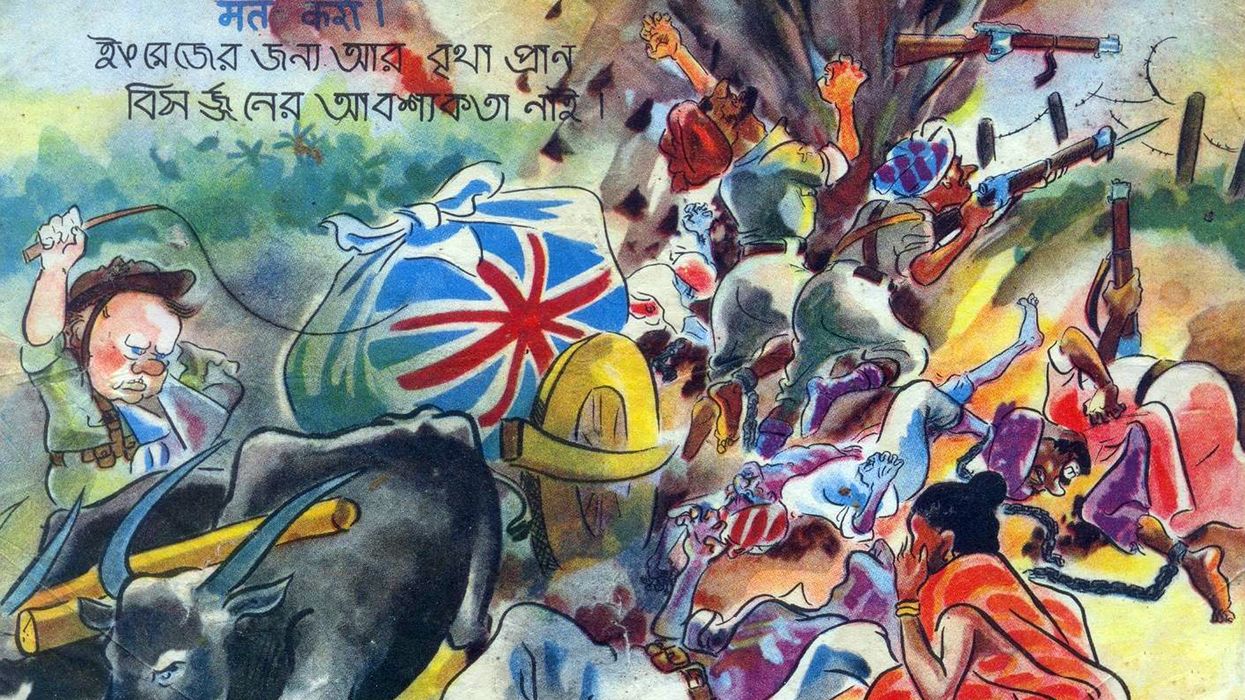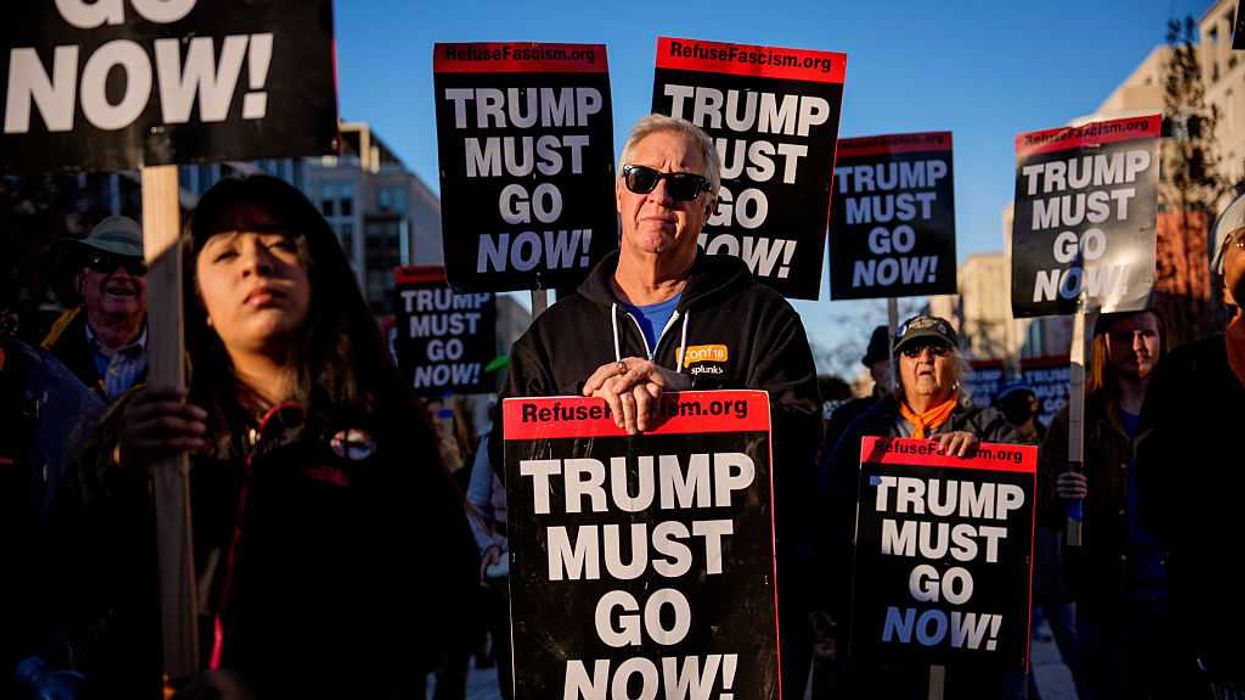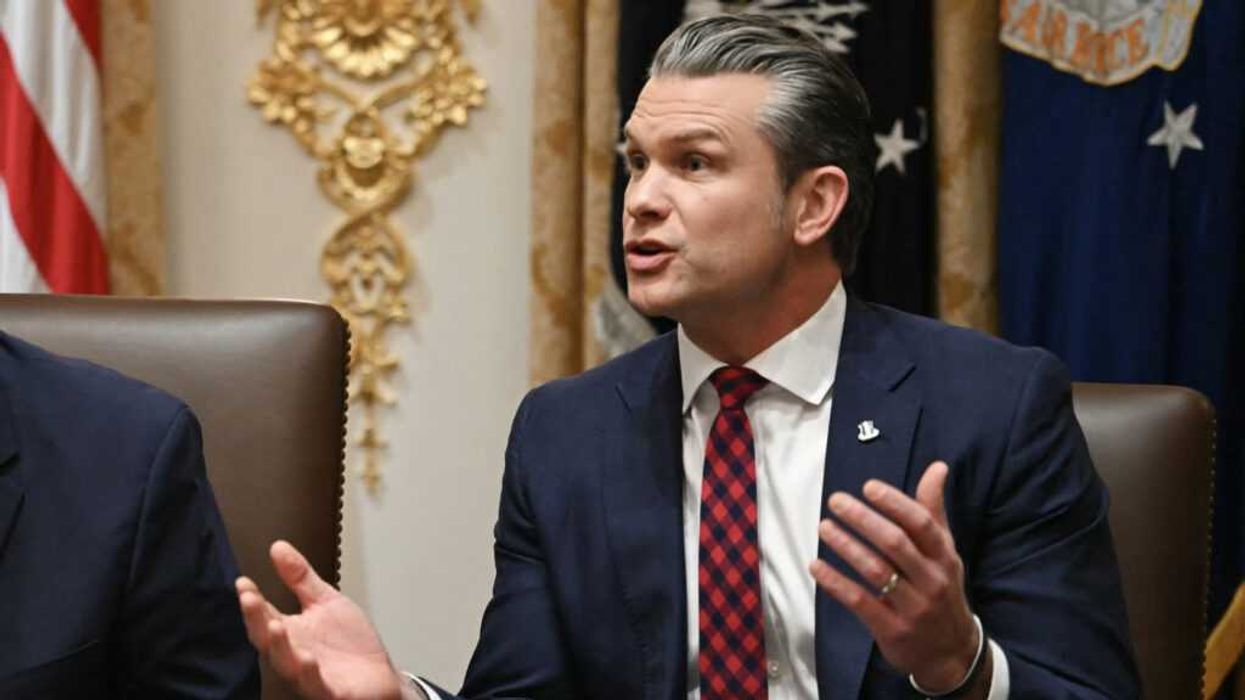Hofnung is a political sociologist at UCLA specializing in the politics shaping gender and racial equality policies in Israel and the United States. She is a member of the Scholars Strategy Network.
As the Israel-Hamas war drags on into its fourth month, many on the left in the United States and Europe have inveighed against the Israeli military offensive. That position in some cases overlaps with acceptance of Hamas’ framing of its campaign of violence as an anticolonial liberation struggle waged against what Hamas itself calls the “racist, anti-human and colonial Zionist project.” Accepting this claim enables champions of the Palestinian cause and opponents of Israel, who otherwise would have abhorred Hamas’s violent tactics and tyrannical rule of the Gazan people, to turn a blind eye.
This dynamic mimics the tactics that Japan’s authoritarian regime deployed to devastating effect during World War II — a historical parallel that reveals the potential harm inflicted by an authoritarian regime cloaking its actions under the guise of a liberation struggle. But this history also provides reason for hope: the recovery and success of Japan’s post-war regime underscore the transformative possibilities that can emerge with a leadership change that ushers to power those committed to prosperity over martyrdom.
In the early 20th century, Japan envisioned itself as an imperial power. It sought regional influence through collaboration with Western powers, including joining the Allied forces in World War I. However, the racism in the U.S. during the 1920s and 1930s soon strained Japan’s expansionist agenda. In 1919, the Allies rejected Japan's plea for racial equality in the Treaty of Versailles, and in 1924 Congress passed the Immigration Act, which prohibited Japanese immigration to the United States. These actions intensified Japan’s feelings of discrimination and exclusion. Those sentiments, in turn, resonated across Asia, where resentment against Western colonial powers was growing.
In 1933, Japan withdrew from the League of Nations, marking a pivotal shift in its foreign policy. Ostracized by the West, Japan adopted a new strategy by proclaiming itself a champion of pan-Asian solidarity, as advocated by figures like Shumei Okawa — dubbed the "Japanese Goebbels" by the Allies. But this framing masked sinister motives. Cloaking its belief in Japanese racial supremacy under the banner of "Asia for the Asiatics," Japan wanted to “liberate" the continent from Western colonial powers — and replace their rule with Japanese influence and control.
Heralding a "New Order in East Asia," Japan aggressively pursued this expansionist agenda. In 1937, it invaded China, and in 1940, it seized the French bases in Indochina. These moves strained relations with the U.S., prompting Japan to agree to the Tripartite Pact, which allied it with Nazi Germany and Fascist Italy.
In 1940, the U.S. imposed an oil embargo on Japan, leading to escalating tensions and the Japanese attack on Pearl Harbor. Okawa, who initially opposed involving the U.S. in the war, justified the sneak attack as a response to a century of Anglo-American aggression in East Asia. This messaging conveniently excluded Japan’s ally, Nazi Germany, from its anti-Western rhetoric.
The U.S. entry into the war further fueled Japanese propaganda, which framed WWII as both an East-West civilization struggle and a race war. By exploiting and highlighting racial oppression, including lynching in the U.S., Japan, and later the Nazis, aimed to disrupt President Franklin Roosevelt's efforts to portray the U.S. as a champion of human rights and racial equality. About a week after Pearl Harbor, a Japanese Radio broadcast intended for American audiences declared: "Despite the Bill of Rights, President Roosevelt knows there is no freedom and justice for all in the United States. Colored people and yellow people are 'not wanted.' They are only 'hewers of wood and drawers of water for their masters.'"
Highlighting racial antagonism, the Japanese hoped, would produce anti-war sentiments in the U.S. and win sympathy from populations across Asia, Africa, India and Latin America. Its success in turning these populations against the Allies raised serious concerns among officials, including Roosevelt, pushing them to propose a post-war vision that would address the gap between the Allies' image of equality and reality. As noted by historian Saul Padover in 1943, “The fact that there is more than a grain of truth in Nippon's propaganda makes it the more serious for the United States, particularly as Japan is appealing to hundreds of millions of people who do not happen to be Anglo-Saxons.”
In the U.S., Japanese propaganda fell short of creating widespread anti-war sentiment. Nonetheless, a 1942 U.S. Office of War Information report revealed that almost half of New York City's Black population believed rule under the authoritarian Japanese regime would be no worse.
The effectiveness of Japan’s propaganda, orchestrated by two of modern history's most brutal and racially discriminatory regimes, highlights the way messaging can evoke strong emotions, which prevent individuals from considering the broader implications of the causes they support. As noted by George Orwell in a 1942 diary entry, “German propaganda is ... with an utter unscrupulousness ... offering everything to everybody"— even when those promises, of freedom or empire, of emancipation or segregation, conflicted.
Successful propaganda, however, couldn’t save Japan from superior Allied military might. By the summer of 1945, its cities lay in ruins, and a blockade paralyzed crucial imports, reducing its military capabilities to primitive levels. Even so, the militant faction in the government, showcasing supreme indifference to its populace, bulldozed opposition and insisted on continuing to fight. Civilians stashed away Molotov cocktails and resorted to extreme measures, including suicide bombings, exemplifying Japan's fervor. The unwillingness to surrender played a pivotal role in the American decision to drop the atomic bombs, leading to horrifying devastation and loss of life.
After World War II, Japan underwent significant reconstruction during the Allied military occupation led by Gen. Douglas MacArthur. The transformation included punishments — war crimes trials, disarmament and a ban on remilitarization. But it also stabilized the Japanese economy through land reforms and a move to a free market economy, as well as creating a new constitution. In 1952, the occupation ended with the signing of a peace treaty and an alliance. Focusing on economic prosperity, the new Japanese leadership steered the reforms, which helped transform their country into an economic miracle and a global superpower.
Hamas eerily resembles Japan's wartime regime in its exploitation of anticolonial and racial justice sentiments. It, too, portrays itself as a liberator fighting against oppression and colonialism. In its 2017 revised manifesto, Hamas stated its fight is against the “ Zionist project [which] is a racist, aggressive, colonial and expansionist project.” The group claims to stand against “ attempts to impose hegemony on the Arab and Islamic Ummah,” arguing it “condemns all forms of colonialism, occupation, discrimination, oppression and aggression in the world.”
Yet, like the Japanese regime, this rhetoric cloaks an expansionist agenda based on the idea that Muslims are superior to non-Muslims. The Hamas Charter emphasizes Sharia rule and Islamic sovereignty, issuing warnings to those who dare dissent. Recent interviews with Hamas leaders reaffirm these principles, extending their reach worldwide.
Further, similar to Japan's wartime alignment with Nazi Germany and Fascist Italy, Hamas is aligned with an axis of repressive authoritarian regimes, including Iran, Syria, the Houthis in Yemen, and Russia. Like Hamas, many of these governments discriminate against minorities, suppress the political opposition, brutally repress their people, and are especially draconian in their treatment of women and the LGBTQ community. In Gaza, Hamas’ rule protects honor killings, allowing perpetrators to receive reduced sentences. And husbands who murder adulterous wives have their crimes reduced to misdemeanors.
Much like Japan's wartime regime, Hamas also shows supreme callousness toward its population, and has been accused of strategically deploying civilians as human shields, conducting attacks from densely populated areas, and violating the Geneva Convention by using protected facilities, such as schools and hospitals, to target Israeli forces. According to a 2019 NATO report, Hamas views deploying civilians as human shields as a calculated "win-win scenario." This tactic increases civilian casualties when the Israeli Defense Force strikes militarily, enabling Hamas to accuse Israel of war crimes. Conversely, if the IDF minimizes collateral damage, Hamas can fortify its assets while continuing its fight.
Moussa Abu Marzouk, one of its leaders, recently underscored its indifference to the suffering of Gaza's populace. He admitted that the organization did not build bomb shelters or use tunnels to protect civilians before it launched a massive terrorist attack in Israel on Oct. 7. Instead, Abu Marzouk asserted, the responsibility for protecting civilians lies with the United Nations and Israel. In an interview with The Economist, when asked whether he cared about the number of Palestinians killed in his pursuit of eliminating Israel, Marzouk replied, "Dignity is more valuable than life. The homeland is more important, more than life.”
This story was originally published in Time Magazine on Jan. 30, 2024.


















